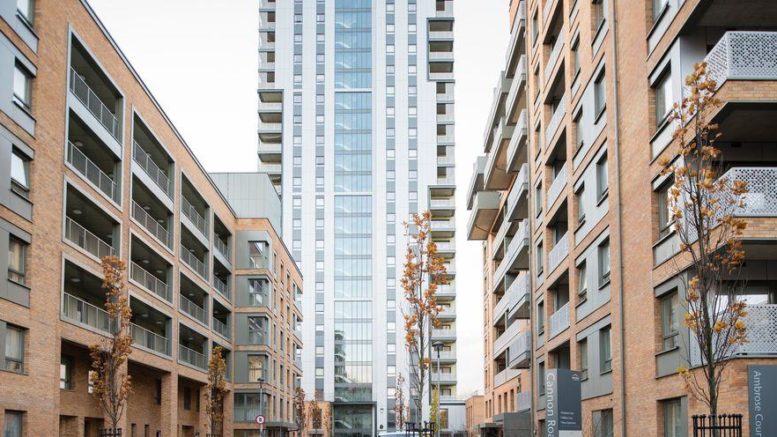Latest data reveals a worrying shortfall in affordable housing delivery across England—most notably in London—despite a £2bn pledge from the government to boost social and affordable homebuilding. For landlords and private investors, the ongoing undersupply is creating a critical window of opportunity to support housing needs while capitalising on a tight rental market.
Affordable housing down despite political promises
New research from estate and lettings agency Benham and Reeves shows that just 62,289 affordable homes were delivered across England in the 2023/24 financial year—a 2.4% decline compared to the previous year. This equates to 1,533 fewer affordable homes reaching the market.
The capital, where affordability pressures are most acute, saw both the highest number of new affordable homes delivered (12,611) and the sharpest decline—down 20% year on year. Shared ownership and affordable rental units made up the bulk of completions, accounting for 20,364 and 24,155 units respectively. By contrast, only 614 “first homes” were delivered across the country.
Benham and Reeves’ director, Marc von Grundherr, warned that while political will may exist, delivery remains the bigger issue. “Homebuyers have been contending with the high cost of homeownership for far too long,” he said. “So it’s reassuring to see the current government not only commit to building more homes, but to boosting the delivery of affordable housing stock.”
Regional divide highlights imbalance in housing delivery
London wasn’t the only region to experience a fall in affordable completions. The South West saw a 15.5% drop, while the South East also declined by 6.3%, despite delivering the second highest number of new affordable homes overall (10,619).
However, there were brighter spots elsewhere. Yorkshire and the Humber saw a 25.6% annual increase, leading the nation in growth. The East Midlands followed with an 18.8% rise, and the West Midlands posted a healthy 12.9% increase. These figures suggest that more affordable housing is being built in regions where property prices remain more accessible—leaving expensive areas like London lagging behind.
Von Grundherr added: “It’s fair to say they face an uphill battle, as those regions with the highest house prices are the ones to have seen the largest slump in affordable housing delivery. This is a trend that needs to be reversed if we’re going to turn the tide.”
Landlords well-placed to bridge the housing gap
For private landlords, the shortfall in affordable delivery presents a compelling incentive to expand or adapt portfolios to meet growing demand. With the Renters’ Rights Bill and wider market regulation on the horizon, the private sector remains a vital player in addressing housing need—especially where councils are falling short.
Rising rents and sustained tenant demand in high-pressure areas like London and the South East underscore just how valuable private rental stock remains. As housing targets continue to be missed, landlords with quality, well-managed properties can play a critical role in meeting housing needs while maintaining profitable returns.







